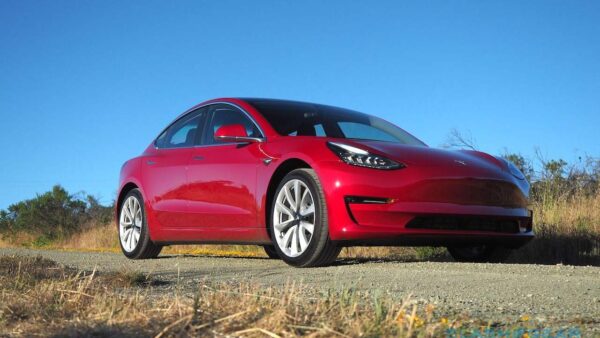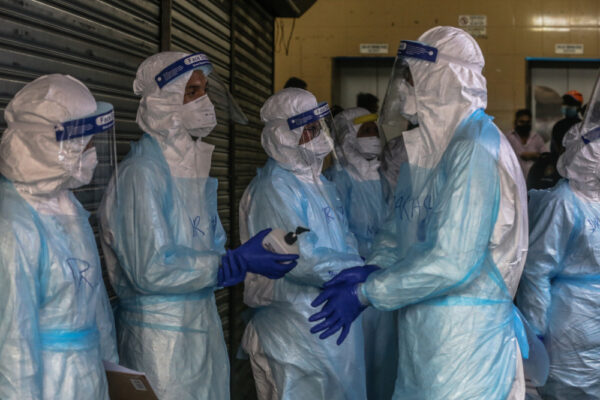Astronomers have used a large millimeter / submillimeter array (Alma) to answer the main questions about stars. The question is, do a much bigger star than our solar form in the same way as smaller stars. Astronomers have observed the stars that are still formed similar to the sun when they get material from the cloud of dust and gas around it relatively quickly. The mass of ingredients entered into a disk that orbits young stars that feed stars at fast speeds to digest.
The material remaining in the orbit disk finally forms a fixed planet after the star growth process is complete. This type of disk is generally seen around the stars that are low but have not been found around a much larger star in the initial formation stage. Astronomers have tried to answer questions whether the process for larger stars is similar to the process used by a smaller star or something completely different.
Astronomer Ciriaco Goddi from Radboud University Nijmegen in the Netherlands said his team used Alma’s observations to study three young stars in high mass in the star-known region as W51. For their research, the team uses Alma with its intention spread separately with their widest point, giving the power to complete the image ten times sharper than the previous object study.
Astronomers looked for evidence that a stable big disc was seen orbiting smaller young stars also orbiting a bigger star. With a larger Alma power, the researchers hope to see the disk around larger stars but instead find the meal zone that looks like a chaotic mess. The researchers concluded that large stars at the early stages of drawing material for various directions at an unstable level, which is very different from smaller stars.
Some material channels that enter developing stars may prevent large and steady disc formation seen around smaller stars. Scientists are not so surprised in this case because what is called the “disordered involved” model is proposed based on computer simulation. This marks the first observational evidence to support the model.


![How to solve [pii_email_8ca2fcc022248175005f] erro](https://tomtomworks.com/wp-content/uploads/2021/09/How-to-solve-pii_email_8ca2fcc022248175005f-erro-520x293.jpg)









![Have you been encountering the [pii_email_2c5d108980d117c8ca52] error while trying to send or receive emails using your Outlook account, you’re not alone. It’s a standard Outlook error that sometimes gets triggered thanks to network connectivity issues. However, several other factors also can cause you to run into the said error. The good news is that you simply can troubleshoot this error by yourself. during this guide, we are getting to mention various factors that cause the PII error and what methods you'll utilize to repair it. So, with none further ado, let’s start . What Causes the [pii_email_2c5d108980d117c8ca52] Error in MS Outlook In general, the error occurs when MS Outlook fails to determine a secure reference to the e-mail server. But, as we mentioned earlier, there are many other reasons which will trigger this error also . a number of these reasons include: Your device isn't connected to a lively Internet connection Your Outlook profile has been damaged thanks to external factors There are incorrect antivirus configurations on your PC FIles on your POP3 server are damaged How to Fix [pii_email_2c5d108980d117c8ca52] Error So, now that you simply know what triggers the [pii_email_2c5d108980d117c8ca52] error in Outlook, let’s take a glance at the solutions that’ll assist you fix it. Also examine the way to fix outlook [pii_email_316cb5e2e59f1ce78052] error Check Your Internet Connection Since a poor network connection is that the primary explanation for the error, start by checking your Internet connection. confirm that your device has active Internet connectivity. you'll try accessing other online services to ascertain if the web is functioning or not. Change Antivirus Configurations If you've got recently installed an Antivirus program on your PC, it'd be configured to automatically scan emails. If that’s the case, the Antivirus will restrict the Outlook app from functioning properly. So, confirm to vary the Antivirus Configurations by disabling the “Email Scanning” feature. Reinstall/Update Outlook Reinstalling or updating Outlook to the newest version is yet one more effective thanks to fix the [pii_email_2c5d108980d117c8ca52] error. When you’ll reinstall the app, all the damaged temporary files are going to be deleted and therefore the root of the matter are going to be eliminated also . Clear Unnecessary Emails from Outlook Folder If your primary inbox has too many unnecessary emails, they’ll cause bandwidth issues. this is often the rationale it’s always advised to clear the unnecessary emails from your Outlook folders. While you’re at it, confirm to clear the Trash also . this may help your Outlook app to deliver optimal performance. Conclusion So, if you’ve been encountering the [pii_email_2c5d108980d117c8ca52] error for a short time now, the above-mentioned will assist you fix the matter . Follow these tricks and access your Outlook account with none hassle.](https://tomtomworks.com/wp-content/uploads/2021/09/How-to-fix-outlook-pii_email_2c5d108980d117c8ca52-er-200x200.webp)

![How To Fix [pii_email_71e6bcfa8a2bee2aa151] Erro](https://tomtomworks.com/wp-content/uploads/2021/09/How-To-Fix-pii_email_71e6bcfa8a2bee2aa151-Erro-200x200.jpg)




